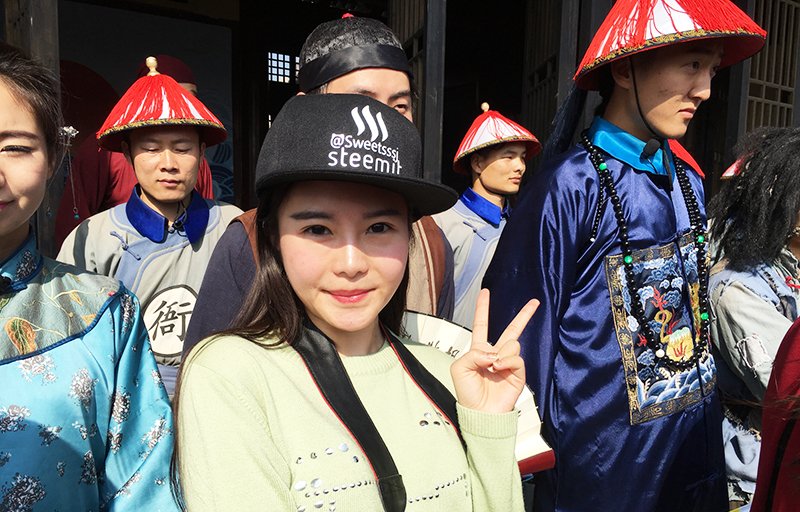
Isn't my outfit so funny? Today, i'm taking everyone on a tour of my visit to a film set with rich folk culture and history -- Bai Lu Yuan Studios.
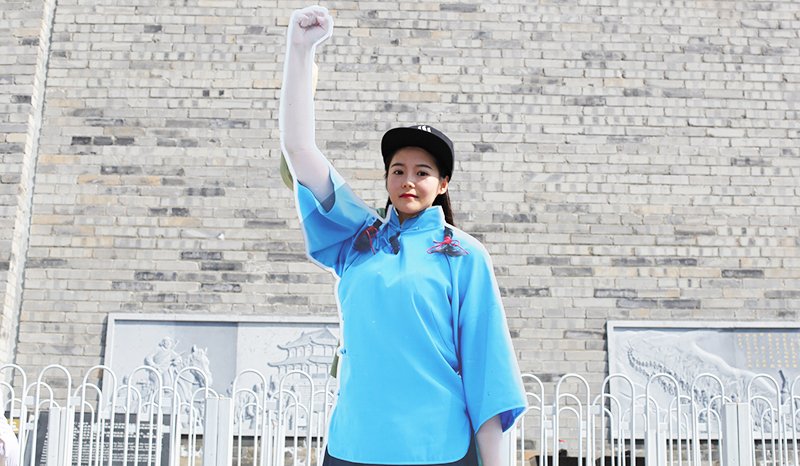
Some people might find the name "Bai Lu Yuan" familiar, that's because it is also the name of a very well known novel. In 2010, it was adapted to a film. The preparations for this movie took 9 years and then another 3 years to film. It won the Silver Berlin Bear award for Outstanding Artistic achievement and was also nominated for the Golden Berlin Bear award at the 62nd Berlin International Film Festival. Bai Lu Yuan Studios is situated in the Guanzhong plains of Xi'an.
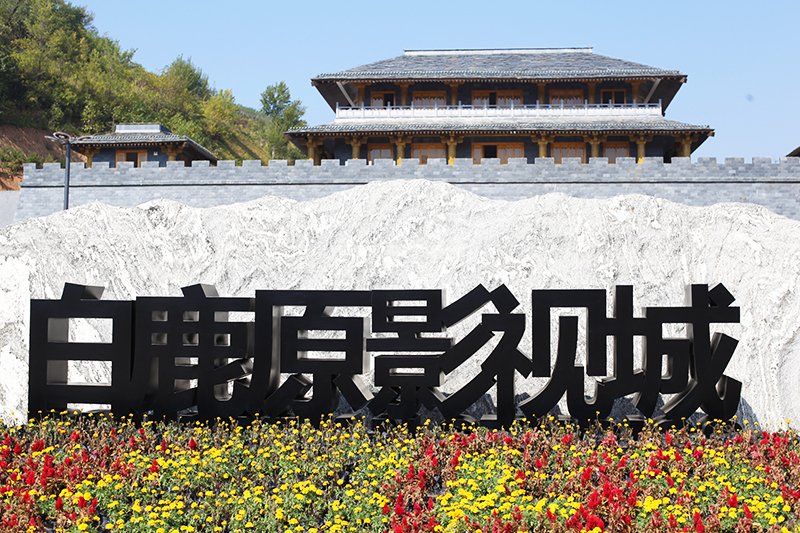
The grand entrance is quite imposing. The studios occupy about 32 hectares of land area.
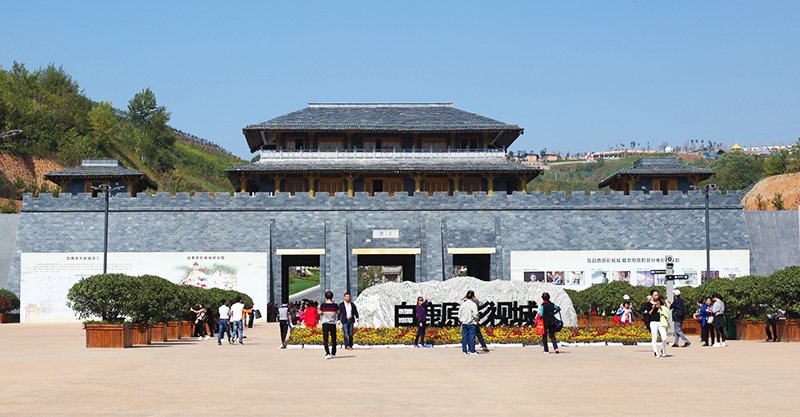
On the right side of the entrance, you'll see 3 sculptures of Deers on the move. These are actually relate-able to the studios and the movie not only because "Bai Lu yuan" translated means White Deer Plain, but also because in Chinese culture, the deer represents auspicious, happiness and long life. As such, the White Deer is the totem of the Guanzhong plains of Shaanxi.
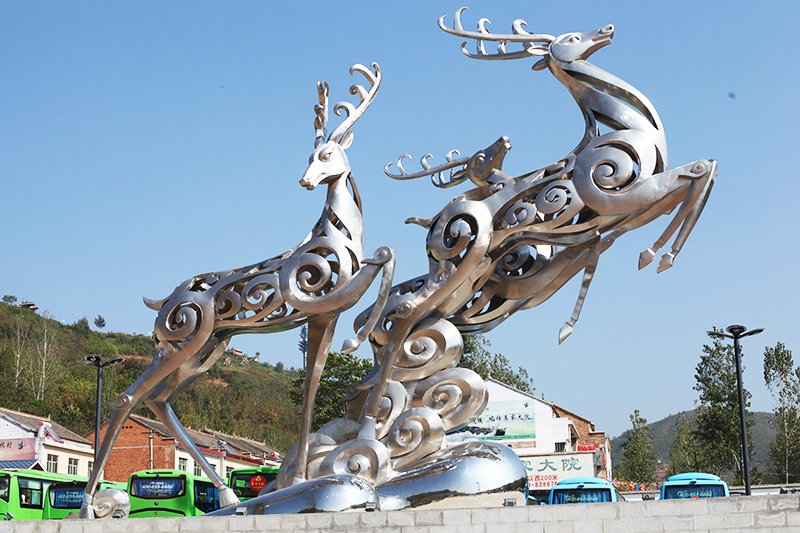
The name "Bai Lu Yuan" - White Deer Plain, comes from the mythological story of the White Deer. Tradition has it, that a very long time ago, the plains was home to a white deer. The deer had white fur, white legs, and even white hoofs. It's horns were white with a gem like sparkle. As the deer hopped and jumped across the plains, it suddenly disappeared. But something amazing happened in the wake of it's disappearance, the withered crops became lush green and verdant, the poisonous insects and pests alike were all killed. The plains flourished and brought much stable times to the region.
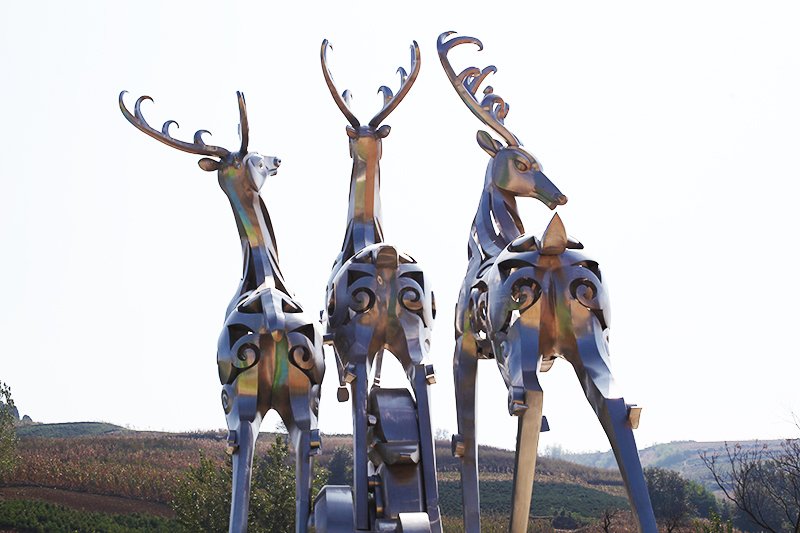
Hence forth, the plains became known as the White Deer Plain, and the two families who lived on the plains assumed the names of Bai - White, and Lu - Deer. The story of the White Deer Plain is therefore based on the struggles between these two families, representing the regions' farming processes and people's livelihood.
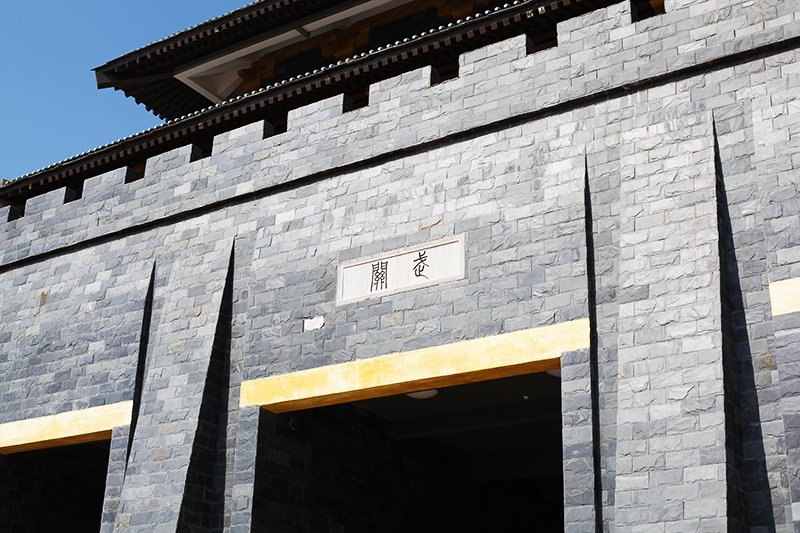
Now, lets go into the Bai Lu Yuan studios and see some more of the folk culture of China.
This is a map of Bai Lu Yuan studios, as you can see there are many places to visit.
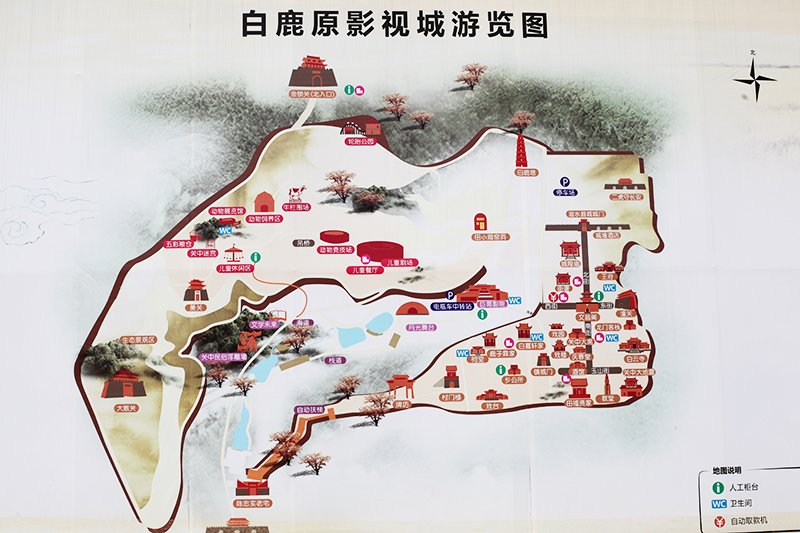
Aside from the movie, White Deer Plain, the TV Series Mao Zedong was also filmed here. (Mao Zedong is the founding father of the peoples republic of china).
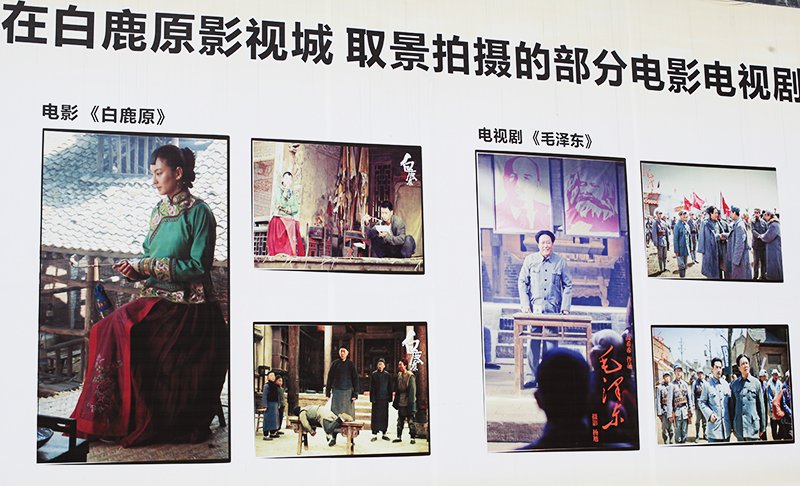
As you walk in, you can see infront the high slopes and hills.
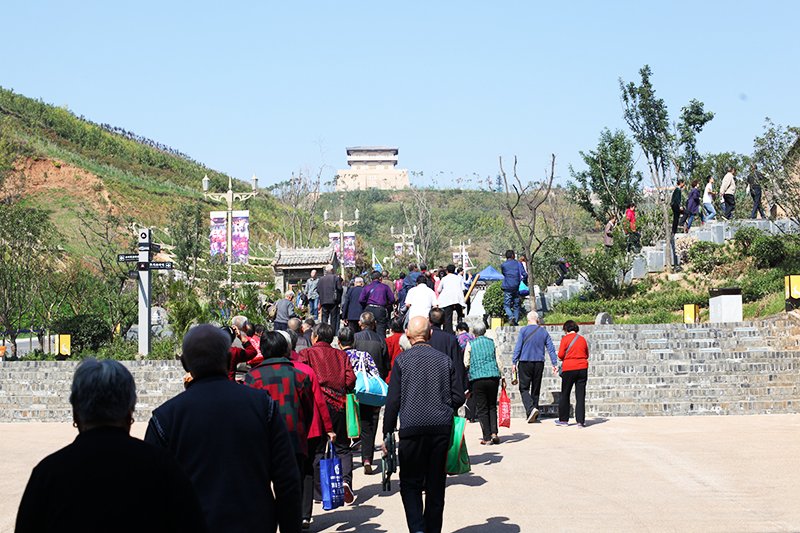
The area is hilly with many slopes but at the plateau is level and flat.
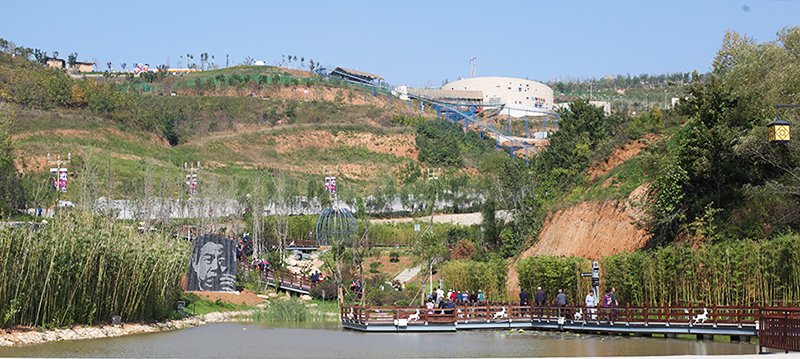
At the plateu we see a small lake, behind it is a sculpture of the novelist.
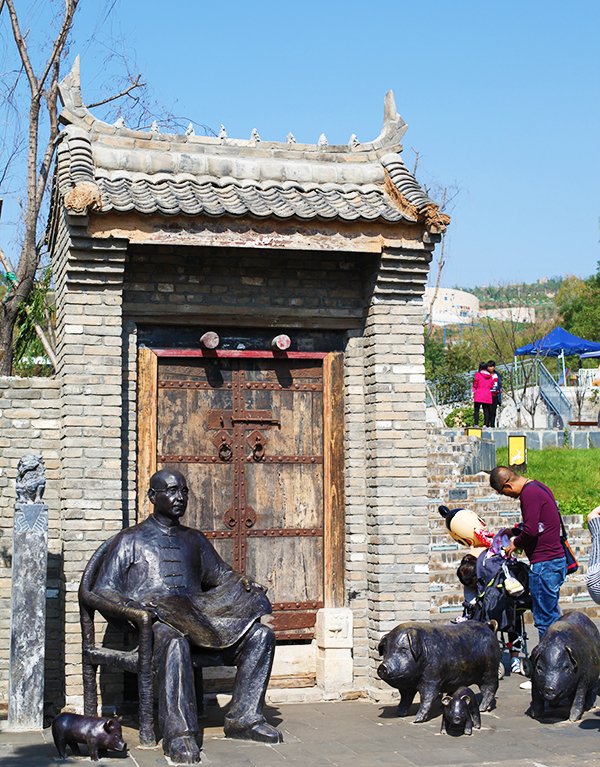
1
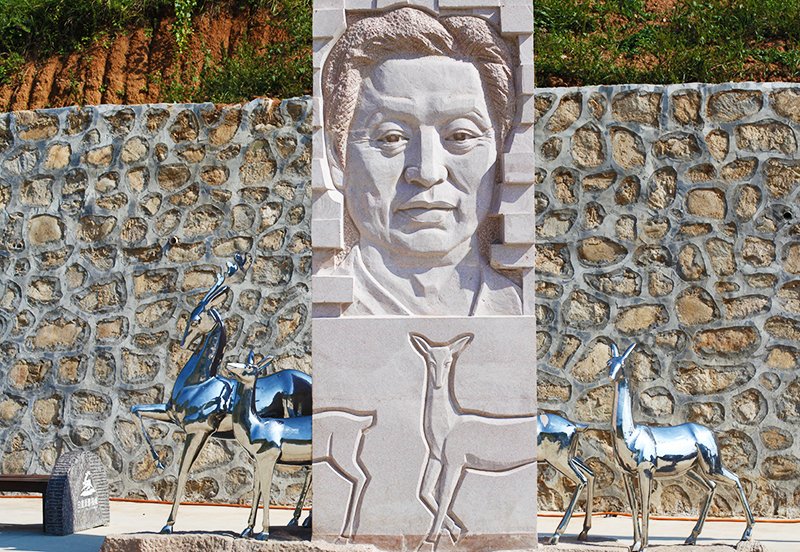
1
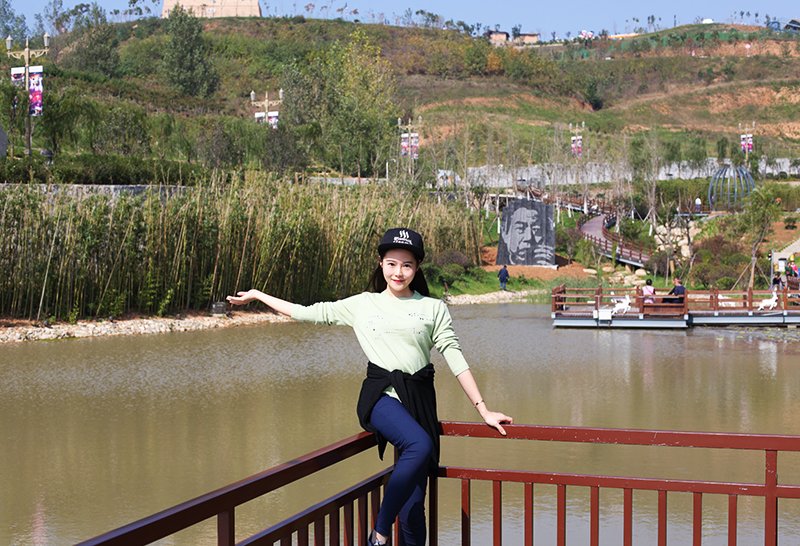
There are 3 ways you can get to the platea, aside from walking up by foot, you can also take an elevator.
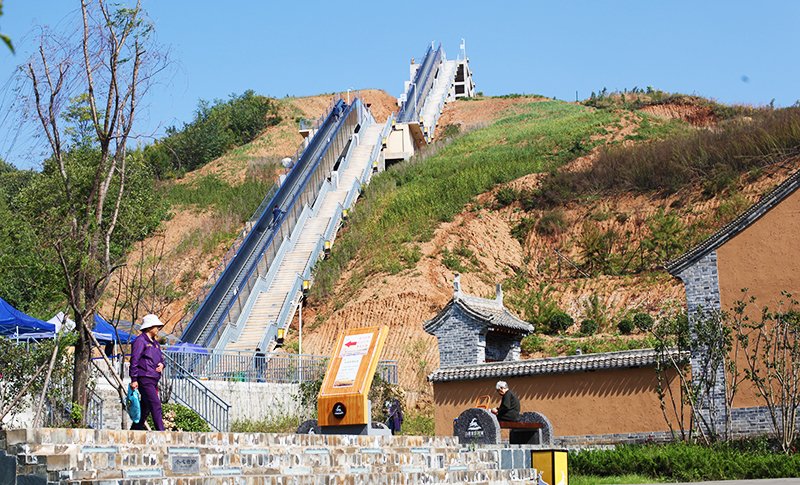
Or, you can jump on one of these electric powered vehicles which will take you up. These vehicles have lovely deer designs on them.
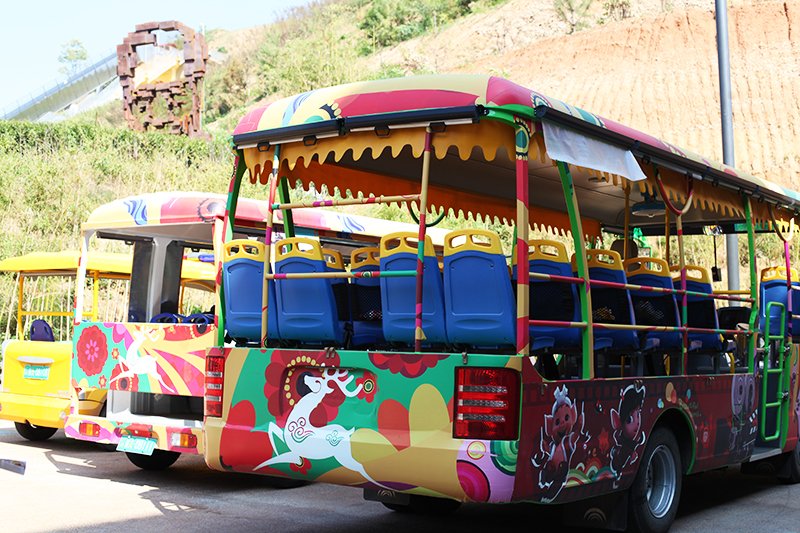
I chose the electric vehicle.
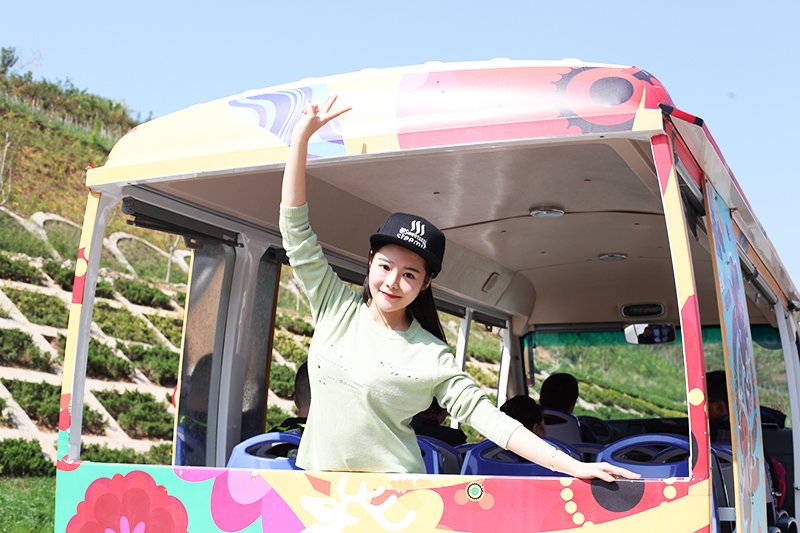
1
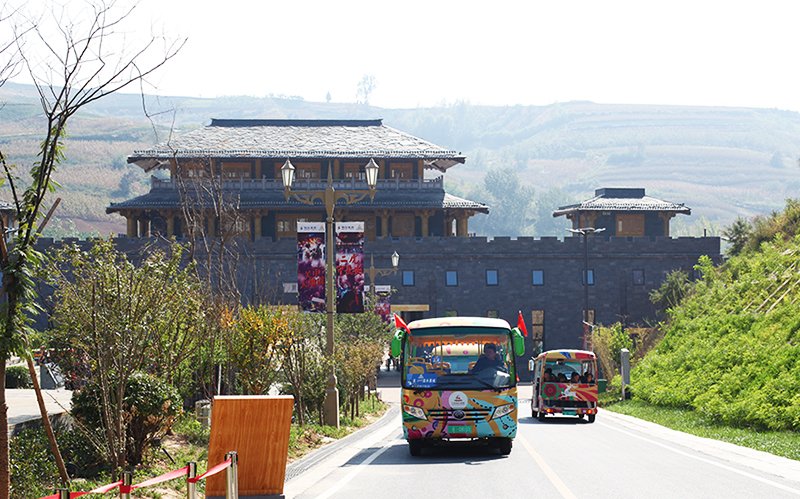
On route to the plateau, we're treated to a wonderful view of the plains from high up.
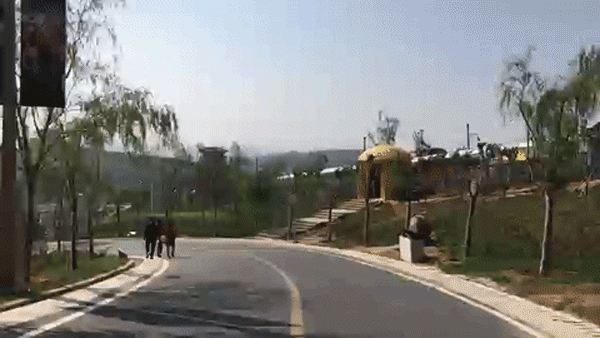
We also see people who chose to climb the hill by foot.
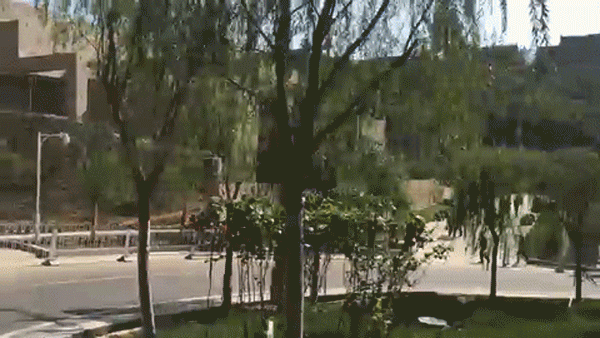
They are filming a gun fight scene for another movie inside the city walls. I didn't make it in time to watch, but I managed to get some photos of these outfits from the period of the Republic of China
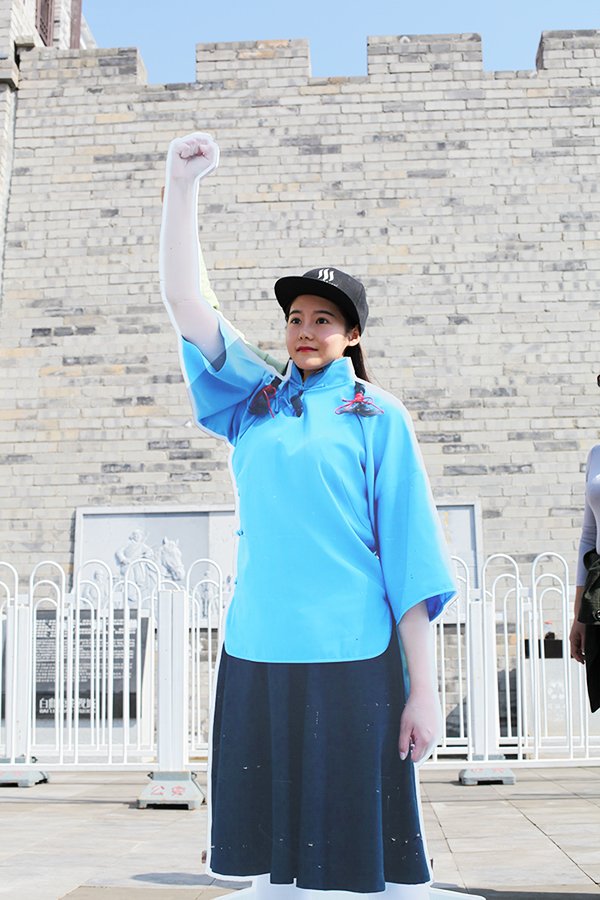
Don't I look cool?
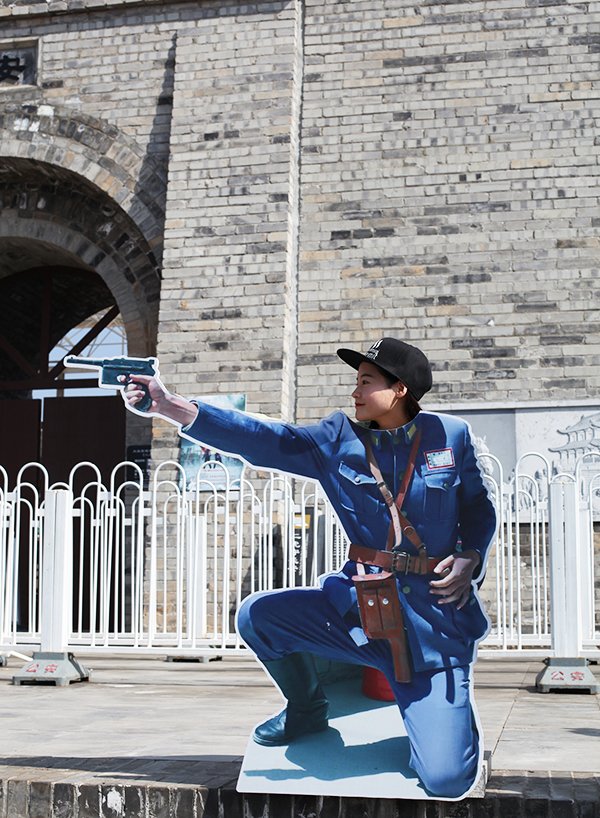
Then we enter the Guanzhong Fengqing main street.
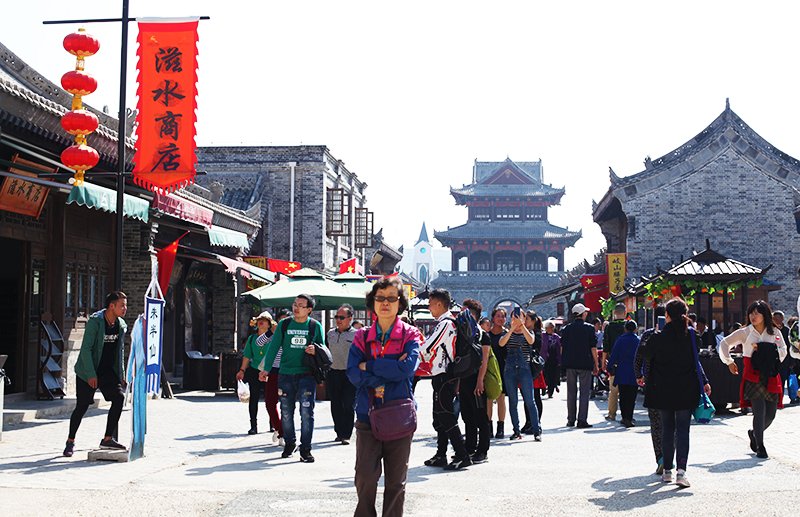
It's bustling with noise and excitement.
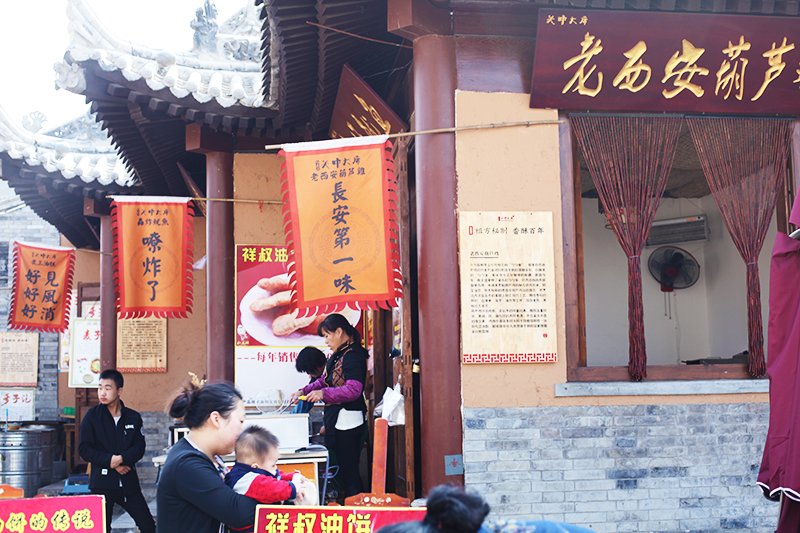
The smell of food arouses my stomach.
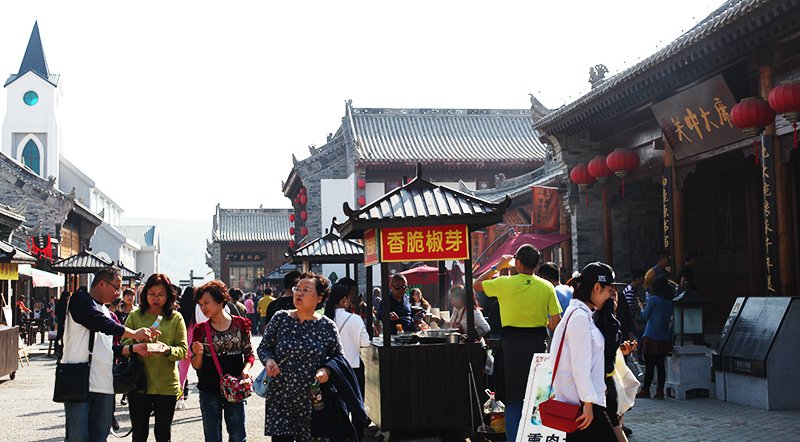
When we think of folk customs, we can't ignore their food customs!
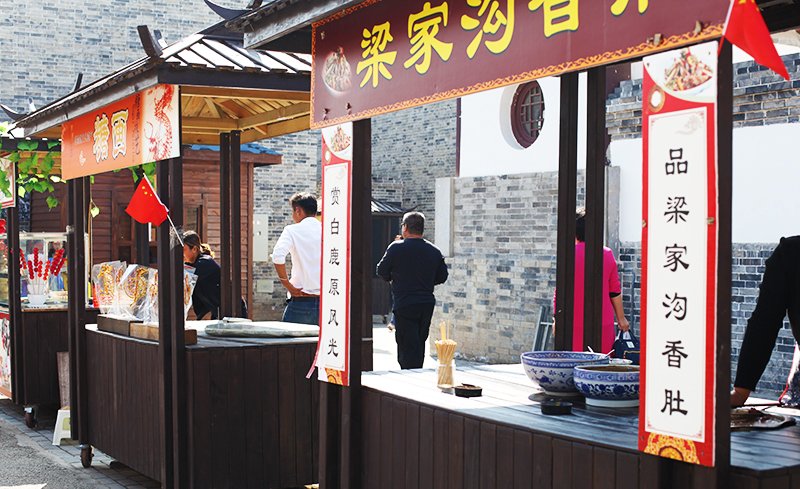
These candy sweets are made from Sugar in the shapes of various animals.
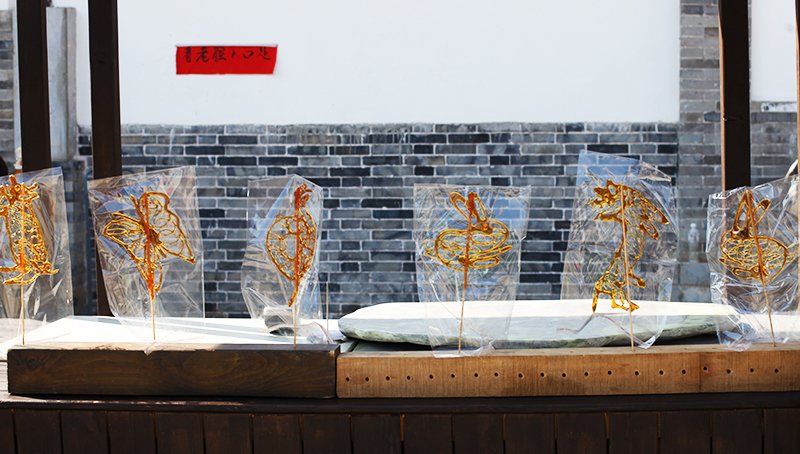
Rabbit and Dragon.
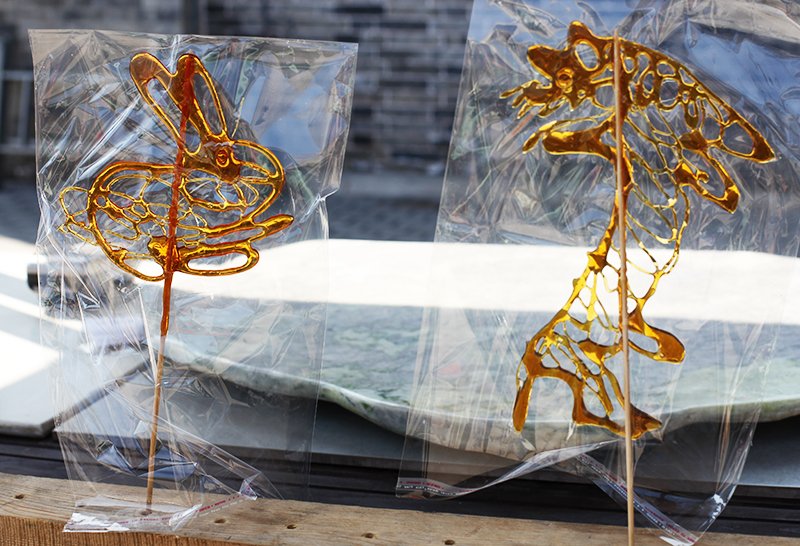
A lady is in the middle of making fried pumpkin cake.
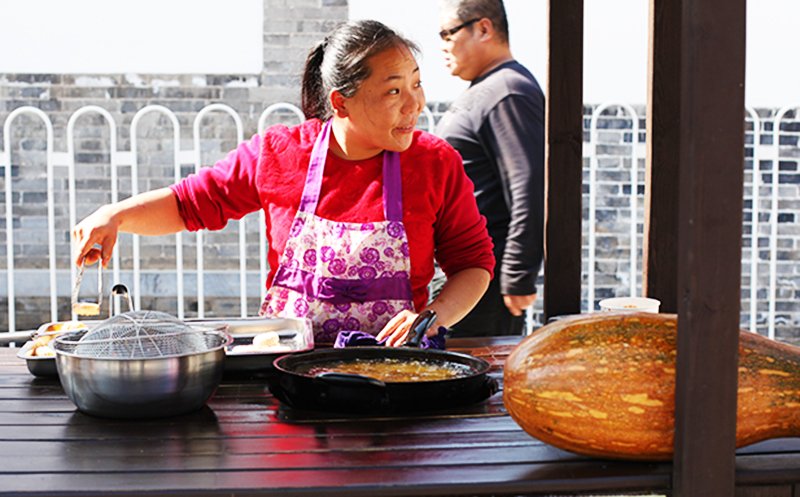
1
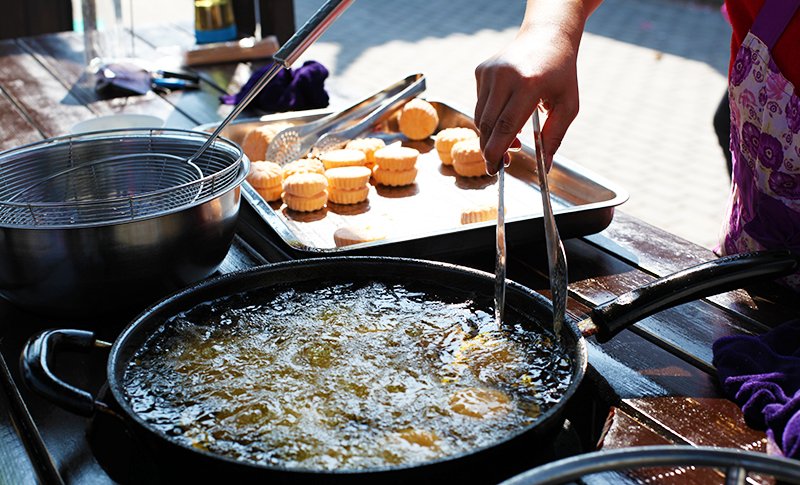
Freshly made, they are warm and crispy. They smell and taste great!
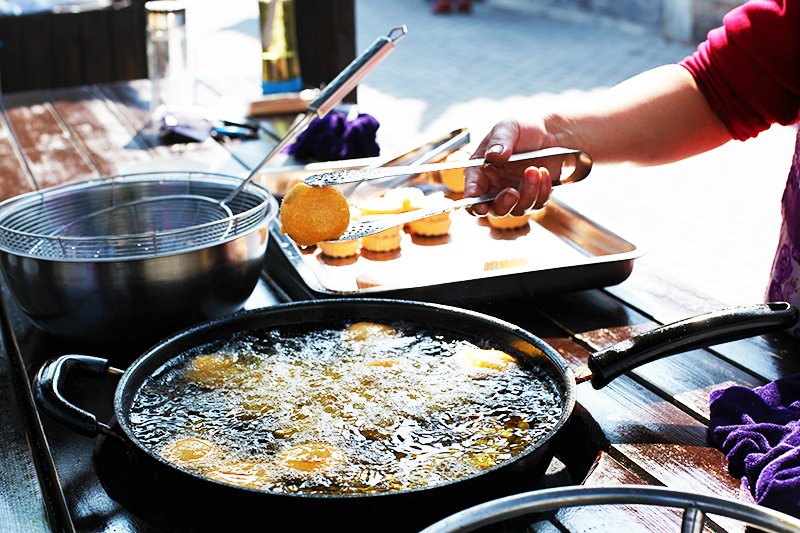
Can you guess what this is used for? Let me know in the comments!
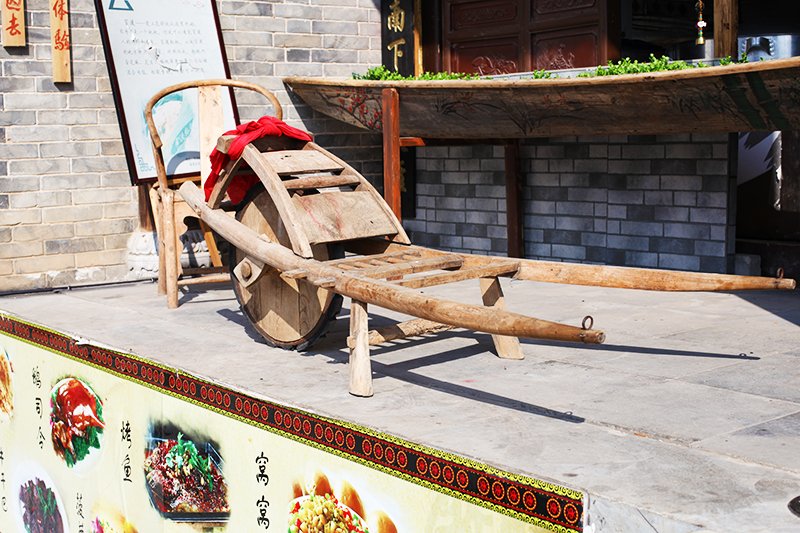
There are beautiful decorations infront of the stores.
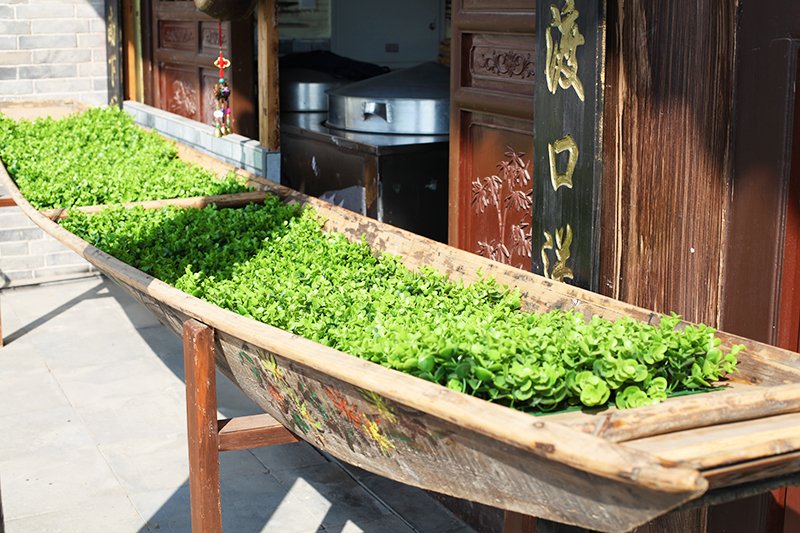
1
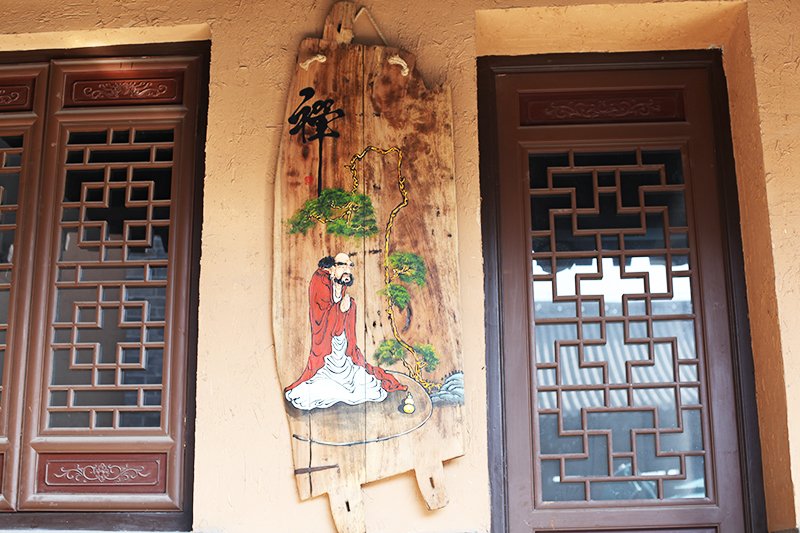
1
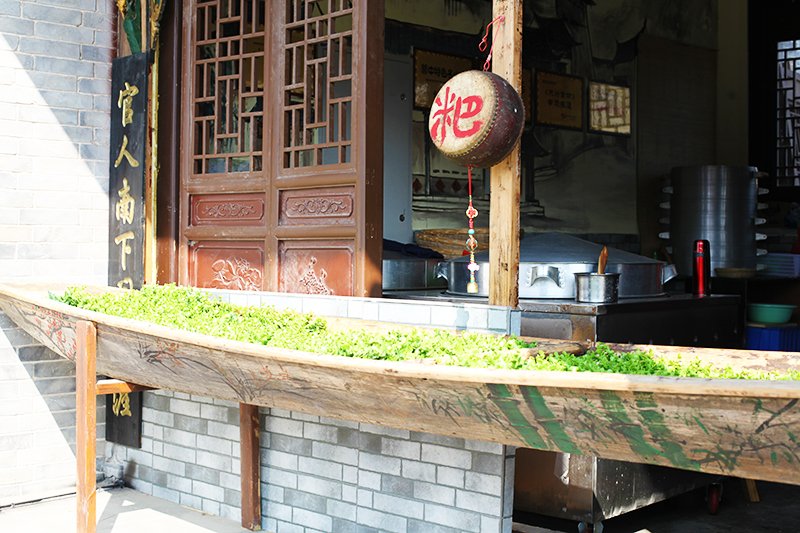
1
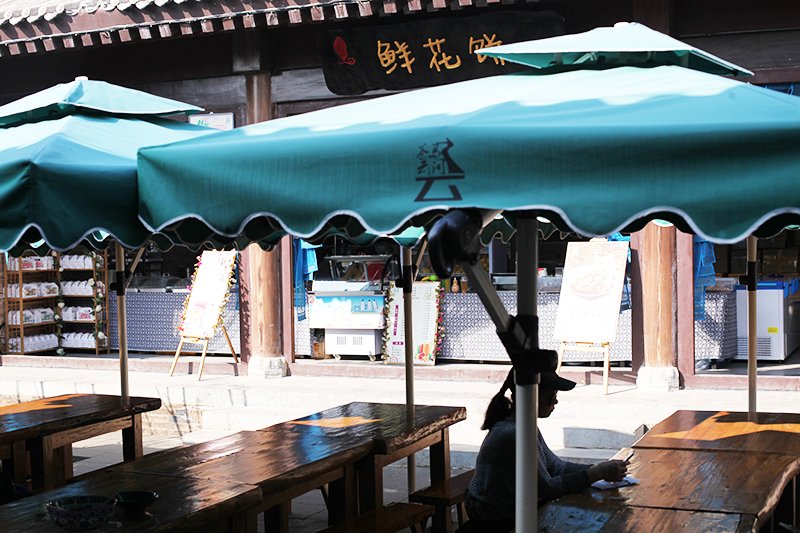
Various five crop grain buns.
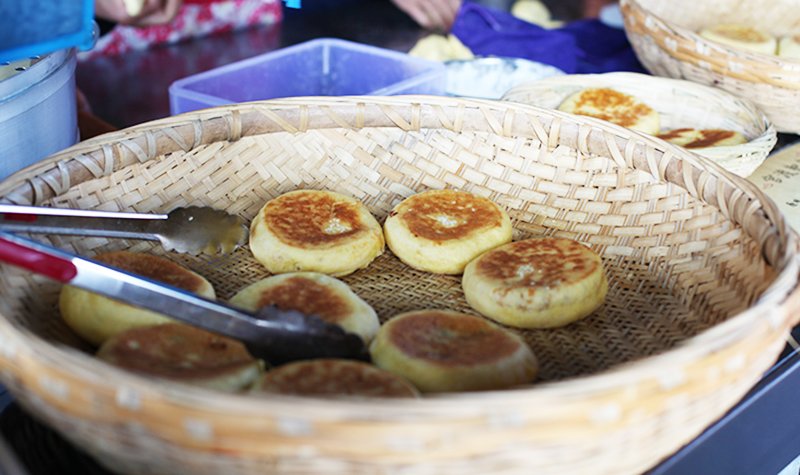
Buckwheat and Sweetcorn Wo wo tou.
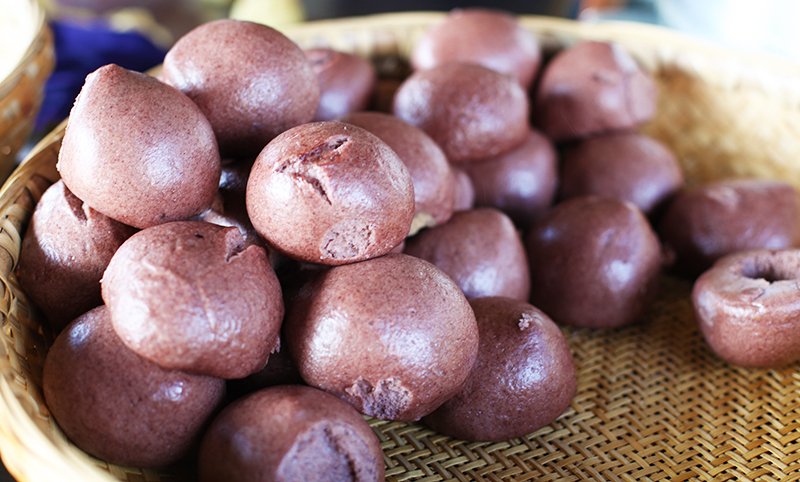
So many different coloured buns, all very pretty.
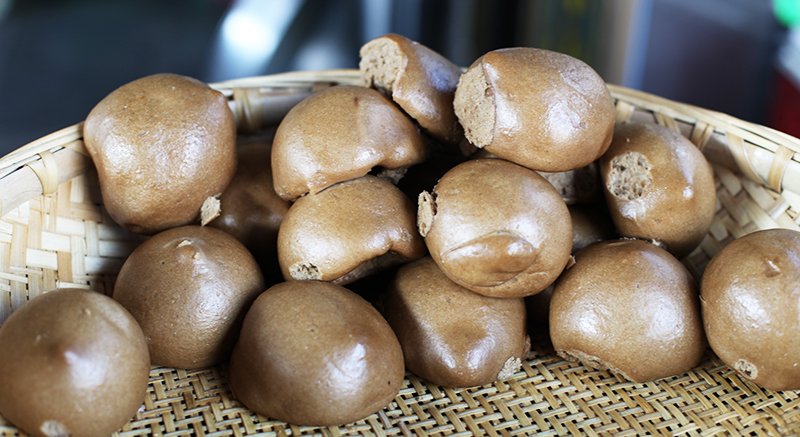
Wo wo tou was a bun that was traditionally eaten by the poor people in Northern China as their main diet. Nowadays it is considered a healthy food that strengthens the immune system to resist illnesses.
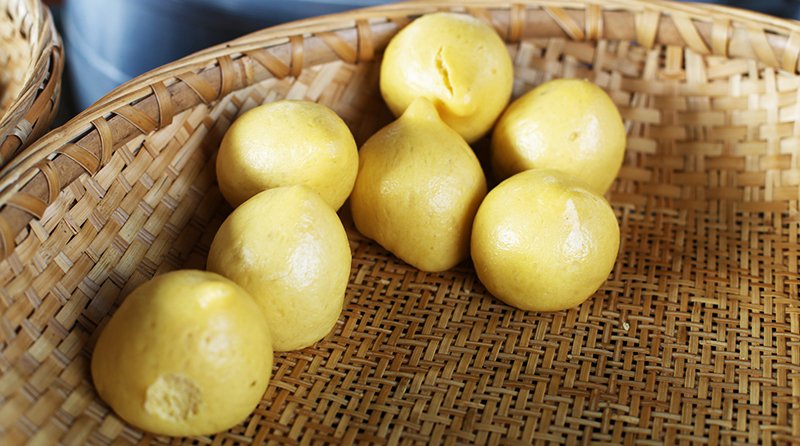
Bing Tang Hu Lu - Candied Fruits
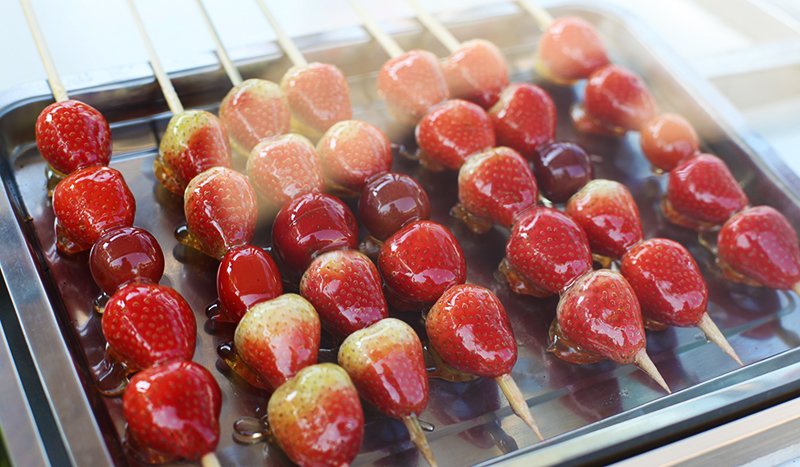
These Bingtanghulu use a variety of fruits.
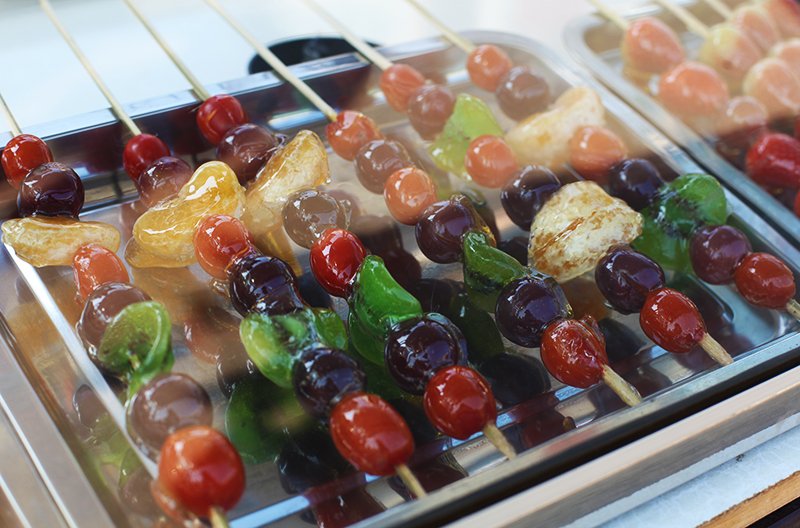
Next up, there is a show at the Government office.
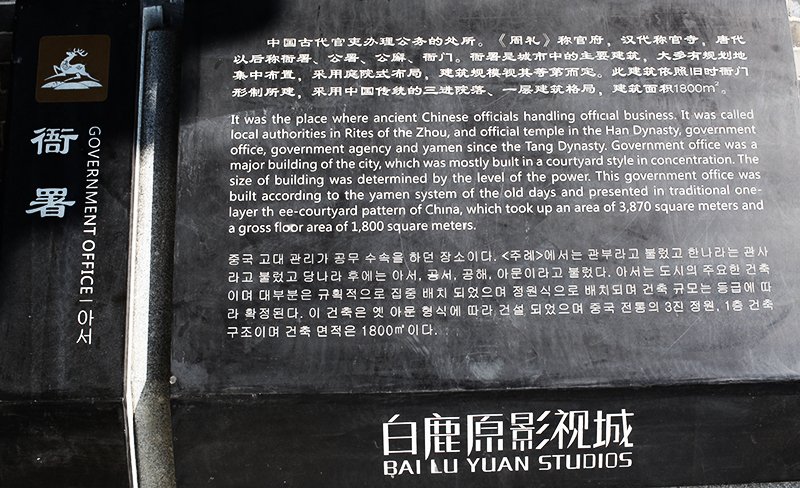
This is a period costume show.
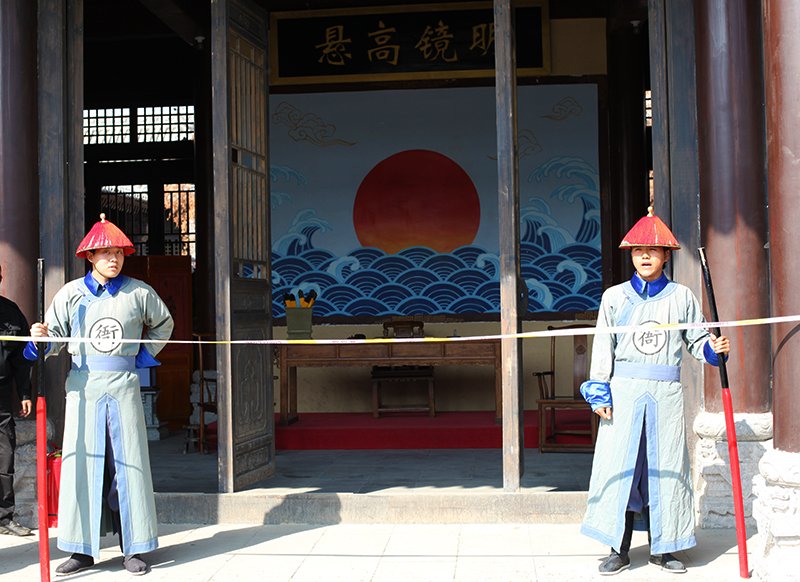
Still holding my Candied fruit, I was picked out to take part in the show!

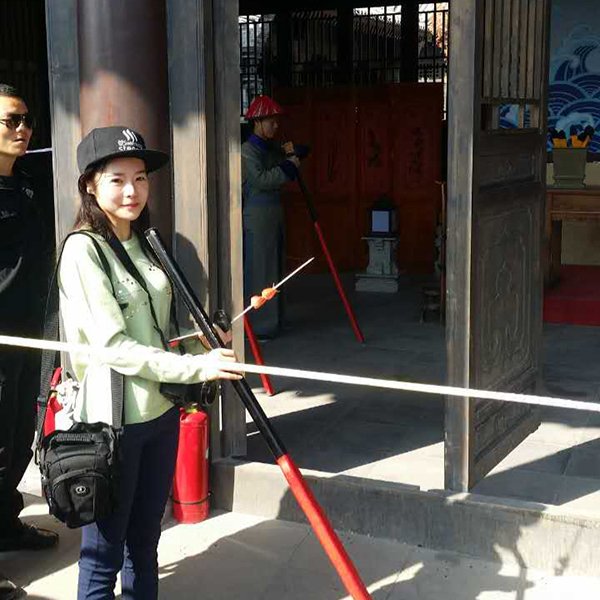
1
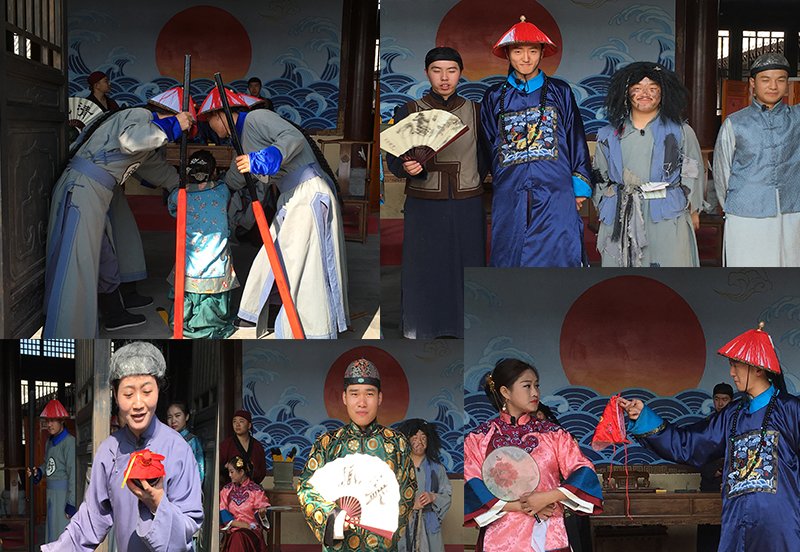
1
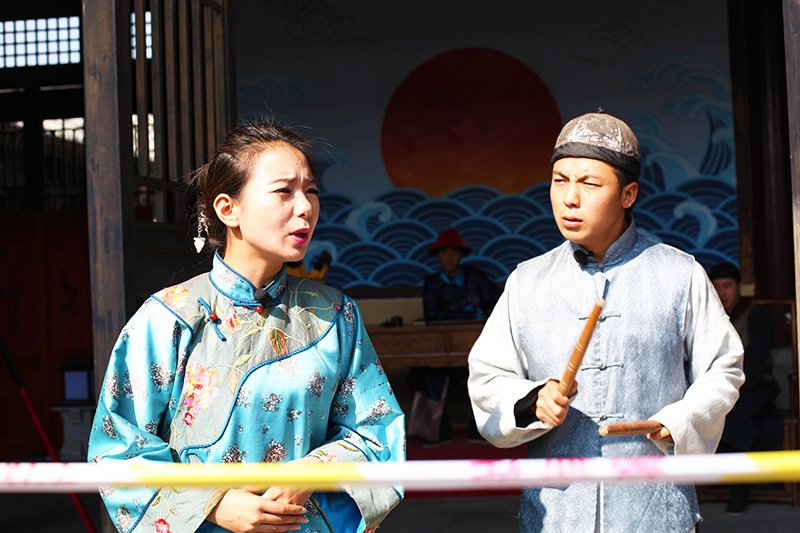
Here's a photo with some of the humorous actors and actress.
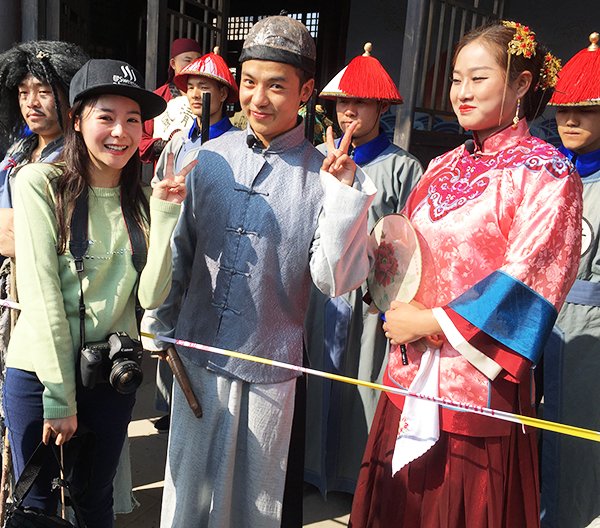
Once the show finished, some people opposite started performing some Uighur dance.
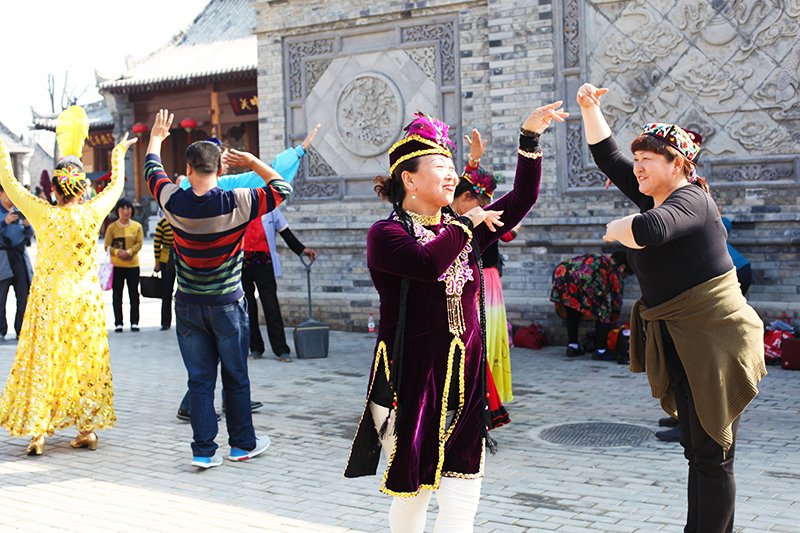
The dress is really beautiful, matched with a splendid smile.
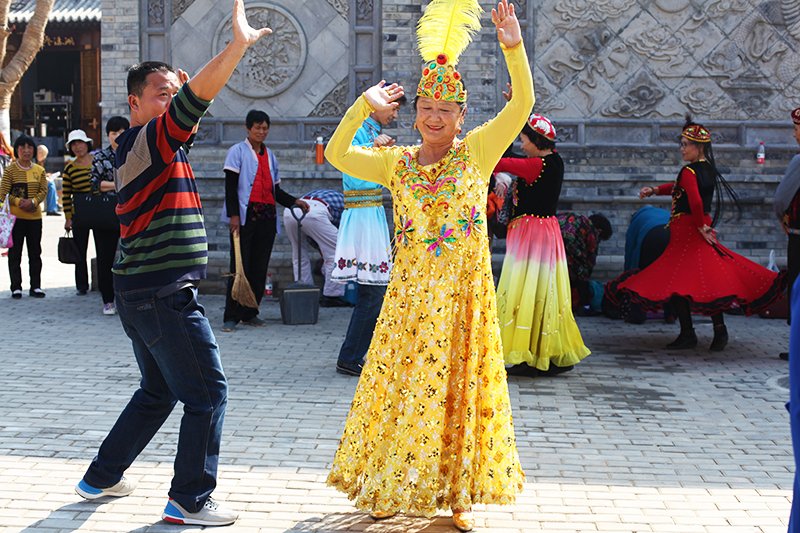
The Guanzhong architecture is very detailed.
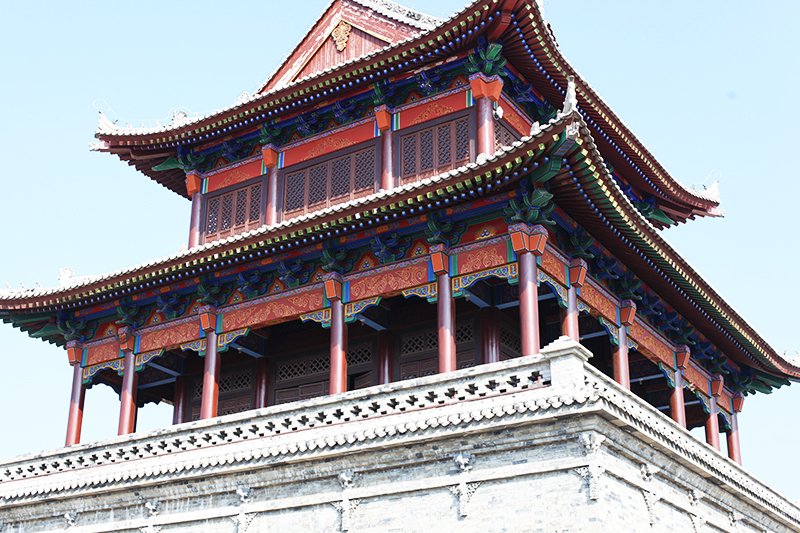
1
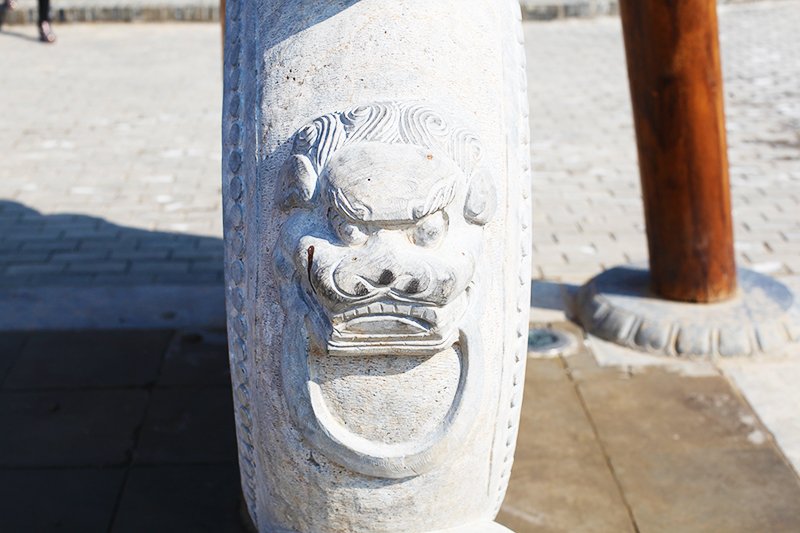
1
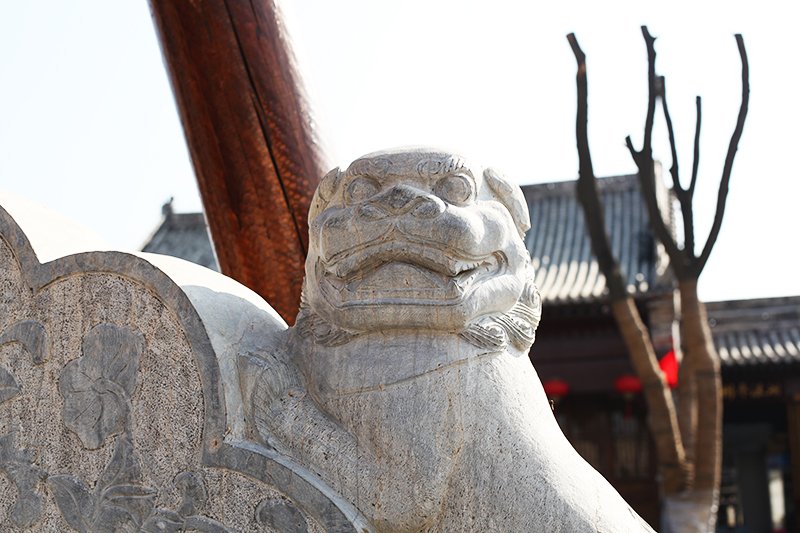
1
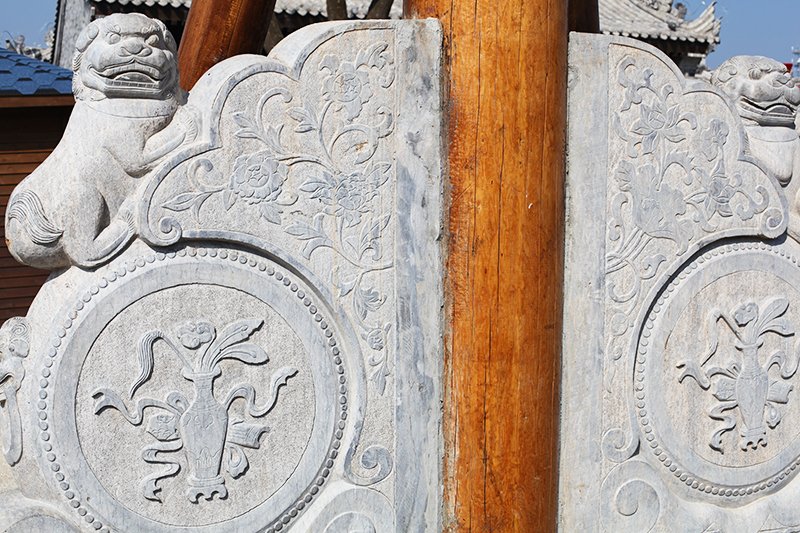
1
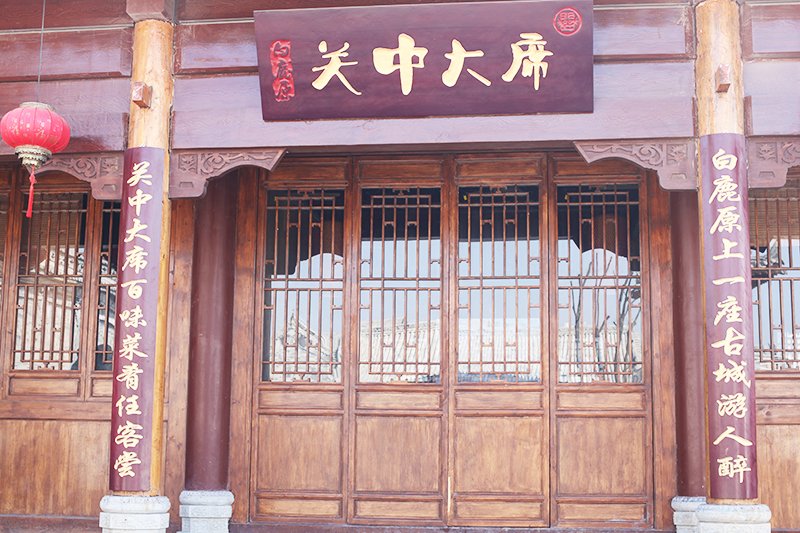
1
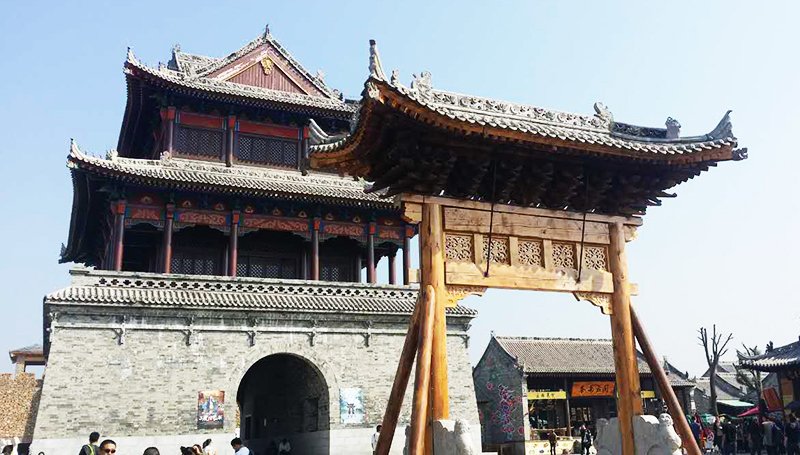
That wraps up my part one, there are still so many things to see so I hope you enjoyed this first half, and I'll be covering the other half sometime soon!
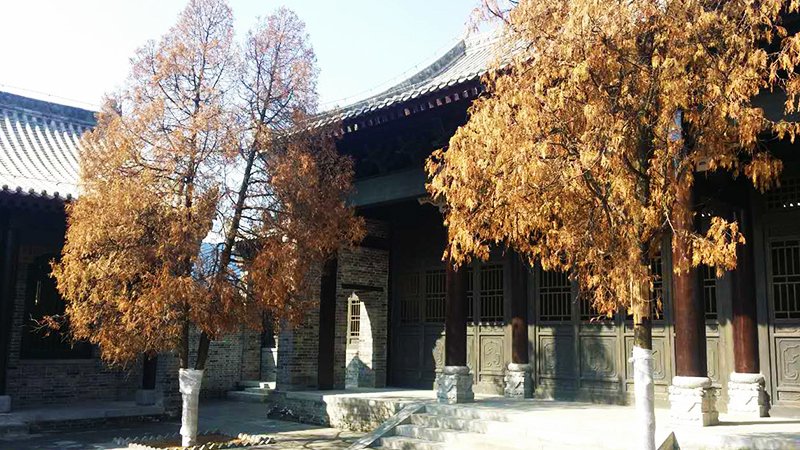
朋友们,看到我的这身服装是不是好好笑,今天我想带大家走进充满民俗历史文化的电影拍摄基地——白鹿原影视基地。有些人听到白鹿原这个名字,可能会觉得耳熟,没错这是一部小说的名字,在2010年拍成了一部电影,电影筹备9年、拍摄3年,最终获得62届柏林国际电影节多个奖项提名。白鹿原影视基地位于陕西省西安市蓝田县白鹿塬何家塬村,关中平原上。大门口非常气派,影视城总占地面积是480.75亩。大门的右侧立着三个奔跑着的鹿,其实白鹿和这个影视城有着深远的关系。鹿在中华文化里是吉祥幸福和长寿的象征,白鹿一直以来也是关中地区的图腾形象。白鹿原这个名字也是源于白鹿的神话故事:相传很久很久的时候, 这原上出现过一只白色的鹿,白毛白腿白蹄,连鹿角更是莹亮剔透的白。白鹿跳跳蹦蹦像跑着又像飘着从东原向西原跑去!忽然之间就消失了,而白鹿所跑过的地方,干枯的庄稼立刻变得绿油油,一切毒虫害兽都被杀死了,为原上带来了安定,兴盛的时代。从此之后这片原就叫做白鹿原,原上的两户人家因此而得到了家族的姓氏,一家姓白,另一家姓鹿,白鹿原的小说就是以“白家”和“鹿家”的争斗为背景,表达北方农民原生态的生存状况。现在就带大家走进影视城,了解一些小说背后的关中民俗文化。这是整个影视基地的地图,看来有很多可以参观探索的地方。除了白鹿原电影,电视机毛泽东也是在这里拍摄完成的。进门就可以看见高高的山坡。这是糖人,中国传统的手工技艺,用糖作出来的各种小动物。炸南瓜糕的制作中。各种五谷杂粮做成的关中面食。窝窝头是北方常见的面食,过去是穷人的主食,现在被当作预防疾病的健康食品。冰糖葫芦,在我之前的文章里介绍过。接着在古代办理案件的衙门,有一场戏。还没吃完冰糖葫芦的我被选中一起参与演戏。表演结束,另外一边一群人们跳起了新疆舞。关于影视城里的故事和照片太多了,所以还是要分在下一篇里继续介绍了,希望你们喜欢这个反映原生态的影视城,我们下一篇继续!
